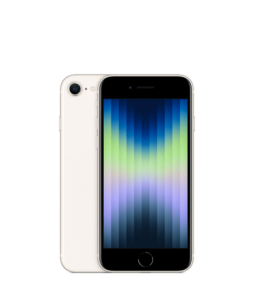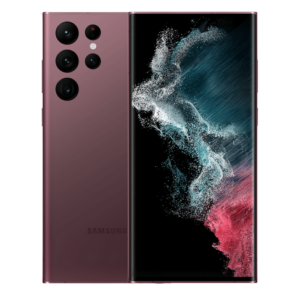Optus Mobile Review ALDI Mobile Review Amaysim Mobile Review Belong Mobile Review Circles.Life Review Vodafone Mobile Review Woolworths Mobile Review Felix Mobile Review Best iPhone Plans Best Family Mobile Plans Best Budget Smartphones Best Prepaid Plans Best SIM-Only Plans Best Plans For Kids And Teens Best Cheap Mobile Plans Telstra vs Optus Mobile Optus NBN Review Belong NBN Review Vodafone NBN Review Superloop NBN Review Aussie BB NBN Review iiNet NBN Review MyRepublic NBN Review TPG NBN Review Best NBN Satellite Plans Best NBN Alternatives Best NBN Providers Best Home Wireless Plans What is a Good NBN Speed? Test NBN Speed How to speed up your internet Optus vs Telstra Broadband ExpressVPN Review CyberGhost VPN Review NordVPN Review PureVPN Review Norton Secure VPN Review IPVanish VPN Review Windscribe VPN Review Hotspot Shield VPN Review Best cheap VPN services Best VPN for streaming Best VPNs for gaming What is a VPN? VPNs for ad-blocking Big name brands like the above are typically the ones making the big-name smartphones you’ll find on a plan with Australia’s major telcos and carriers. Huawei was a contender for a while there too, particularly in the smartphone camera space, before having its wings clipped in the West. As of 2023, only four brands have any meaningful claim to the pricey-end of Australia’s smartphone market: Apple, Samsung, Google and OPPO. LG, Sony and HTC no longer sell phones in the region, and while brands like Nokia and Motorola might dabble with more expensive devices from time to time, the bulk of the market share belongs to the “Big Four” listed above. This year’s a little different, though. The economic nightmare of 2020 and 2021 led some of the biggest smartphone manufacturers to yield ever so slightly on increasing smartphone costs while some new players swooped in on the mid-range and Android space. Meanwhile, foldable phones edged closer towards a more affordable and reliable future. With all that in mind, let’s take a look at some of the best smartphones we’ve reviewed over the last year. Both the iPhone 14 and iPhone 14 Pro are outstanding smartphones, where the only real issue is just okay battery life and a lack of significant improvements on the previous generation. For that reason, the iPhone 13 will be the more sensible pick for most. It’s not only one of the more reasonably priced flagship handsets on offer, and will go above and beyond the needs of most consumers. As with the iPhone 13, Apple has elevated the baseline iPhone experience. You’re getting almost just as much iPhone as someone who buys an iPhone 14 Pro. just without a few extra bells and whistles that most casual smartphone users can do without. The standard Google Pixel 7 manages to keep its outright cost below $1,000 without making any significant compromises, but the Google Pixel 7 Pro goes a lot further while only adding $200 to the total asking price. Where Apple would charge just as much for another 128GB of on-board storage, Google’s flagship provides a triple-lens camera with 4x optical zoom, a 120Hz screen, more RAM and a bigger battery. Some might miss the convenience of facial recognition, sure, but acclimatizing back to touch ID isn’t as cumbersome as you might imagine. The Pixel 5 was our top pick for Android smartphones in 2021 and the Google Pixel 7 Pro builds on that legacy in strong fashion. For an asking price of less than $500, the device boasts 5G connectivity, a crisp 90Hz OLED screen and all-day battery life. It won’t compete with or outperform flagships like the iPhone 13, but Motorola’s more modest take on what smartphones should offer and how much they should cost is easy to like and easier to live with than you might expect.
Best phones for kids: Find a suitable handset for your little oneBest phones under $500: All the quality at half the priceBest phones under $300: Go cheaper againBest affordable mobile plans: Find a plan within your budget
2022’s Samsung Galaxy A73 continues this legacy in strong form. The Galaxy A73’s two-day battery life and stunning Super AMOLED display are worth more than their sub-$700 price tag would have you think. The quad-lens rear camera isn’t going to replace your DSLR anytime soon, but smartphone photography has never been Samsung’s strength to begin with. The Galaxy Z Fold 4 builds on the bold refinements made by the manufacturer’s third-generation flagship foldable smartphone with cutting edge specs and an much better camera camera. Even though the results delivered by the latter have clear room for improvement, the Galaxy Z Fold 4 shows that Samsung are still leading the way when it comes to mainstream foldable smartphones. It comes with a gorgeous 4.7-inch Retina HD full-screen display, a decent 64GB of internal storage, and a speedy processor. The camera offers decent results, even if it struggles with lowlight photography, and there’s baked-in software-support longevity thanks to its beefy innards. Here’s how much the new iPhone SE 3 (2022) will set you back on a plan. The Samsung Galaxy S22 Ultra’s shirks away from competing with Google and Apple when it comes to camera quality, but has both beat when it comes to catering towards power users. A sleeker refreshed design and the return of the S-Pen stylus as an integrated accessory rather than an add-on here see the Galaxy S22 Ultra loom tall as Samsung’s best phone of 2022. If this year’s Samsung Galaxy S22 and Galaxy S22+ seemed a little underwhelming to you, that’s probably because Samsung saved their best tech for last. Ultimately, and partially due to the high price, we ended up favoring the Google Pixel 7 Pro over OPPO’s latest. Still, you can check out the widget below for a round-up of the most popular plans for the device. With a sleeker two-tone design, the Galaxy Z Flip 4 fixes almost everything you could find fault with in its predecessors. The camera hardware here remains painfully dated, but the rest of the equation checks out. You can check out the widget below for a round-up of popular plans for the device. The best place to start when trying to work out which phone to buy is size. Modern smartphone screens range from around 5.9-inches to 6.8-inches in size, and the form-factor involved typically affects other aspects of the product. For example, a larger phone can fit in a larger battery or more camera hardware. If you care about things like long-battery life or better smartphone photography, then you’ll want to start your search towards the big-screen end of the market. If having something a little more pocket-friendly is preferred, then your choices become a little more limited. Still, there are a lot of options out there when it comes to finding your next phone, so deciding on a size is a great way to narrow them down. The other big question that consumers looking to decide on their next smartphone will want to consider is whether or not they want a device that runs on iOS or Android. iOS is Apple’s mobile operating system and is found in all iPhones. Android is Google’s equivalent, and is responsible for powering basically everything else in the market. While device manufacturers like Samsung and Motorola each offer their own spin on Android, Apple has complete control over the iOS ecosystem. For some users, this can be a blessing while others may chafe against the limitations and additional costs involved with it. It’s usually easiest to stick with whatever operating system you’re most familiar with, but those tired of Apple’s walled garden approach to mobile computing may benefit from switching to Android. These days, crossing over from one ecosystem to the other isn’t nearly as mentally taxing or time consuming. Both Apple and Google have gone out of their way to make it easy as possible, for obvious reasons. Our editors might share different, unique opinions on the best smartphones available. But we all believe that, for the everyday consumer, the most important factors are value for money and user experience.





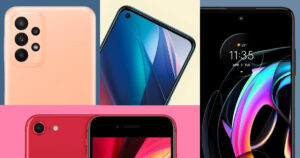
![]()




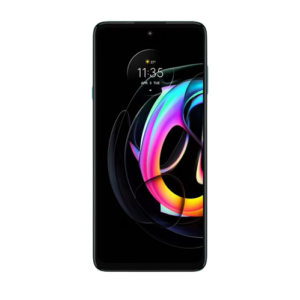




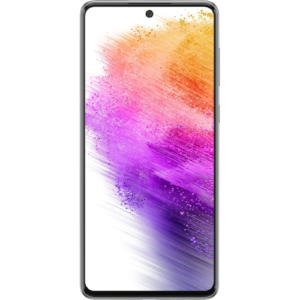




![]()




